Essential Tips for Your Landscaping Projects
Explore the foundational knowledge and practical advice essential for executing successful landscaping projects. Whether you're a seasoned gardener or a novice landscaper, these insights will help you enhance your outdoor spaces. Landscaping is a multifaceted venture that requires careful planning, detailed execution, and ongoing maintenance. Through a structured approach, where each phase of the project is meticulously planned and executed, you can achieve landscaping success. With these comprehensive tips, you can transform your outdoor area into a vibrant sanctuary that complements your home and lifestyle.
Surveying the Site
Understanding the layout and topography of your garden is the first step in any landscaping project. A proper survey will reveal essential information about the slopes, existing structures, and any obstacles that might impact your design. It allows you to assess the space available and envision how you want to utilize it. This foundational step ensures that you design a landscape that complements your property's natural characteristics. Thorough site surveying prevents costly mistakes that may arise if the land is not fully understood.
Analyzing Soil Quality
Soil quality significantly affects plant health and growth, making it a crucial element to examine. Testing the soil will provide information on its pH, nutrient content, and texture, guiding your selection of plants and any necessary soil amendments. Poor soil quality can be improved by adding organic matter, compost, or specific fertilizers tailored to the soil's deficiencies. Knowing your soil type ensures that you can create a robust foundation for your plants, leading to a thriving garden. Addressing soil issues early saves time and resources in the long run, promoting a successful landscape.
Identifying Climate and Microclimate Considerations
Climate and microclimates around your home dictate the types of plants that will thrive in your garden. Understanding the broader climate region is essential, but taking note of microclimates—areas with unique conditions such as shade, moisture, or wind within your garden—is equally important. Select plants that are well-suited to not only your climate zone but also the specific microenvironments within your yard. This consideration ensures that your landscape can withstand environmental challenges and requires less maintenance. By harmonizing with your environment, your garden becomes more sustainable and resilient.
Recognizing Native Flora and Fauna
Incorporating native plants is a sustainable choice that supports local ecosystems by providing habitats for native wildlife. Native plants are adapted to local weather conditions and soil, which typically results in lower maintenance requirements and higher survival rates. Recognizing the local fauna also helps you choose plants and landscaping features that can become part of a natural wildlife corridor, encouraging birds, insects, and small animals to visit and thrive in your garden. This integration of native flora and fauna creates a harmonious balance that enriches your landscape and enhances biodiversity. Supporting local ecosystems through your garden contributes positively to broader environmental goals.
Setting Realistic Goals for Your Landscape
Setting specific, achievable goals for your landscaping project helps streamline the process and manage expectations. Define what you want to achieve in terms of aesthetics, functionality, maintenance, and time frame. Realistic goal-setting involves assessing your schedule, budget, and resources, ensuring that you are able to meet your aspirations without overextending yourself or your finances. According to The Spruce, in 2024, 62% of homeowners planned to tackle a landscaping project during the summer, highlighting the importance of setting goals early and being prepared for high-demand seasons. Thoughtful planning allows for a more efficient execution and ultimately, a landscape that aligns with your vision and capacity.
Creating a Functional Layout
Designing a functional layout involves understanding how you and your family use outdoor spaces. Consider what activities you intend to accommodate—are you looking to create play areas for children, entertainment sections for guests, or tranquil corners for reading and relaxation? A well-thought-out layout encourages you to use every part of your garden, maximizing its utility and enjoyment. Divide the space into clear zones and ensure accessibility between them to create a seamless flow throughout the yard. Functionality should serve as a foundation, ensuring that the design meets your daily living needs.
Incorporating Aesthetics and Style
While functionality is crucial, aesthetics define the personality and overall feel of your landscape. Begin by choosing a style that fits both your taste and the architectural character of your home—whether that's modern minimalism, country charm, or anything in between. The aesthetic aspect includes the selection of plants, materials, colors, and decorative elements, all of which should coalesce into a cohesive design. Balance visual appeal with practical considerations to create a space that is not only beautiful but also serves its intended function. Thoughtful design ensures that your garden is an extension of your expression and enhances your home's curb appeal.
Planning for Future Growth and Changes
Anticipating the future when planning your landscape is vital for adaptability and sustainability. Plants grow and mature over time, so selecting the appropriate varieties and considering their growth patterns is key. Allow space for plants to expand and include provisions for future enhancements, such as additional features or structures you may want to incorporate later. This future-proofing approach prevents your landscape from becoming overcrowded or outdated quickly, saving resources and effort in the long term. A flexible design fosters a dynamic garden that evolves gracefully over time, increasing its value and enjoyment.
Utilizing Technology in Design Planning
Modern technology significantly enhances landscape design, offering tools that aid in visualization and precision. Software applications and digital tools allow you to create detailed layouts, experiment with different designs, and simulate future conditions like plant maturity or seasonal changes. Technological tools also enable precise measurements, efficient project management, and effective communication between homeowners and professional landscapers. By incorporating technology, you can foresee challenges and opportunities early, facilitating informed decision-making and smoother implementation. Embracing technology ensures a more accurate, efficient, and creative landscape design process.
Establishing a Detailed Budget
Financial planning is a critical component of successful landscaping projects, ensuring that your dream garden remains within reach. Begin by researching costs for materials, plants, labor, and unexpected expenses, then compile a comprehensive budget. Account for both initial setup costs and ongoing maintenance expenses to avoid financial strain. Clear budgeting prevents overexpenditure and enables strategic allocation of resources to prioritize the most critical aspects of your project. An accurate budget allows for flexibility in decision-making, ensuring you achieve the maximum possible value without compromising on quality or scope.
Choosing the Right Plants for Your Climate
Successful plant selection begins with understanding your local climate and selecting species that thrive under those conditions. Plants suited to your climate are more likely to be healthy and require less maintenance, contributing to a sustainable garden. Review regional plant guides or consult local nurseries to discover species that will flourish in your specific climate zone. By choosing climate-appropriate plants, you minimize the need for artificial temperature control, additional watering, or special soil amendments. The strategic selection of plants ensures resilience and beauty in your garden throughout the year.
Understanding Plant Groupings and Companion Planting
Companion planting and efficient plant groupings can enhance growth, deter pests, and increase productivity. Grouping plants with similar water, sunlight, and soil requirements simplifies care and increases the likelihood of healthy plants. Companions can provide mutual benefits, such as taller plants offering shade to delicate underplants or certain species repelling pests that harm their neighbors. By understanding these dynamics, you can create an interconnected ecosystem that fosters robust plant development and natural pest control. Efficient plant groupings lead to a more cohesive, healthy, and visually appealing landscape.
By integrating these essential tips into your landscaping endeavors, you can create a vibrant, sustainable, and aesthetically pleasing outdoor environment. With thoughtful planning and ongoing care, your landscape can thrive, bringing enjoyment and value for years to come. Landscaping is an extension of stewardship—nurturing land and life, balancing human needs with ecological health. For more information contact us today at Superior Outdoor Expressions.
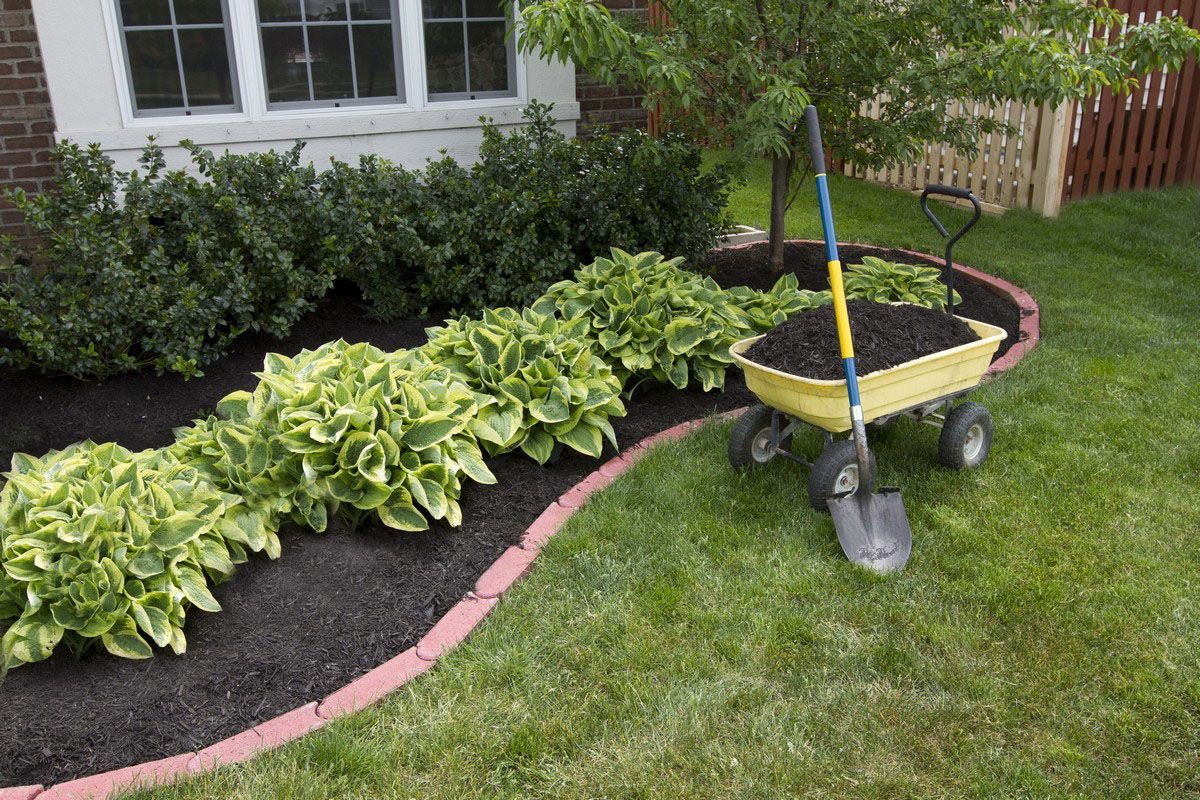
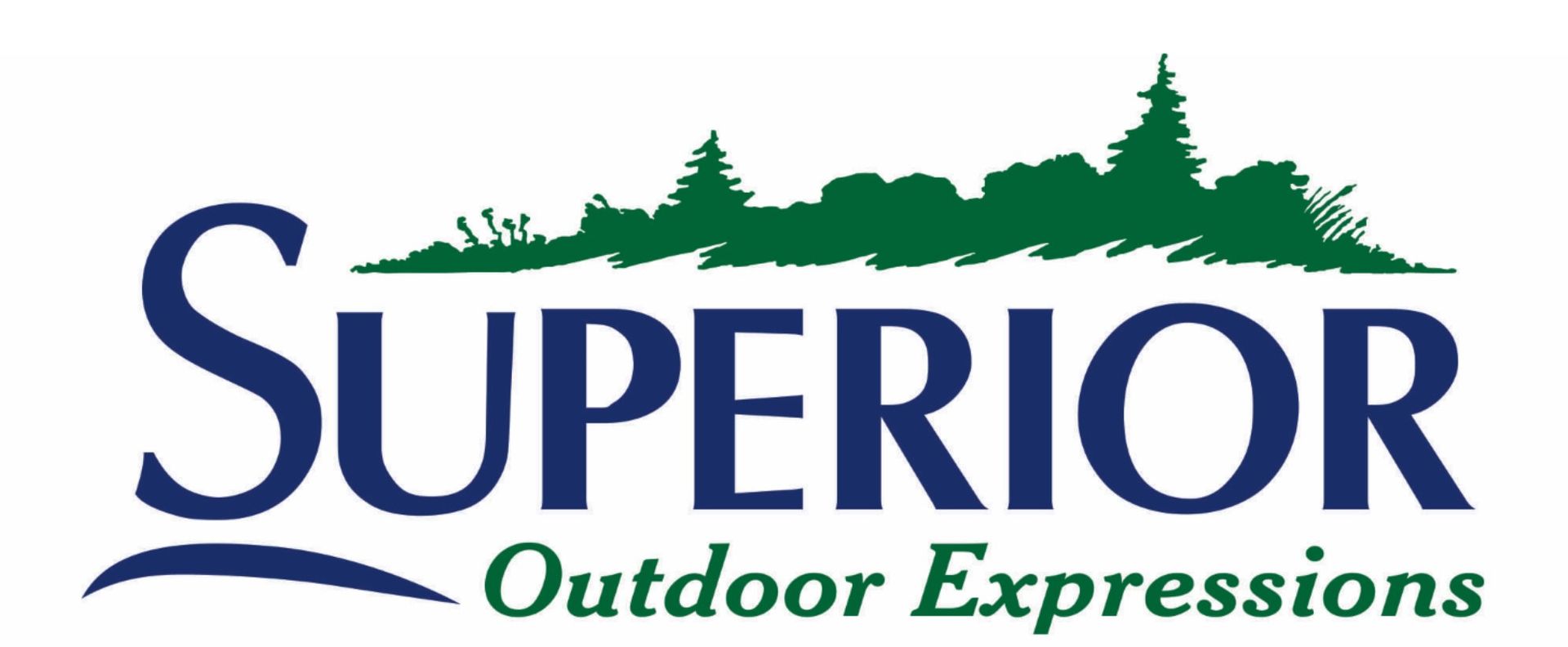
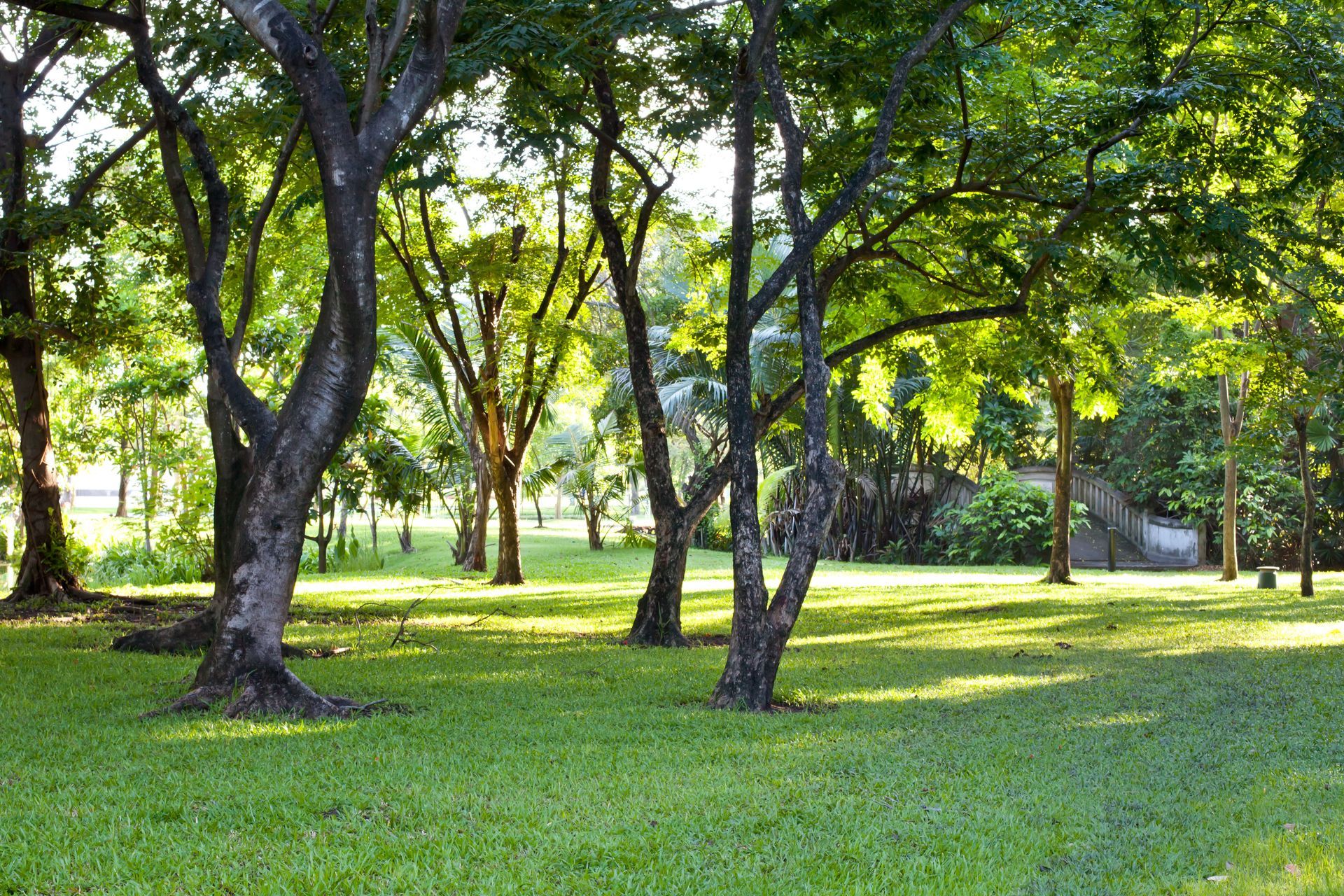
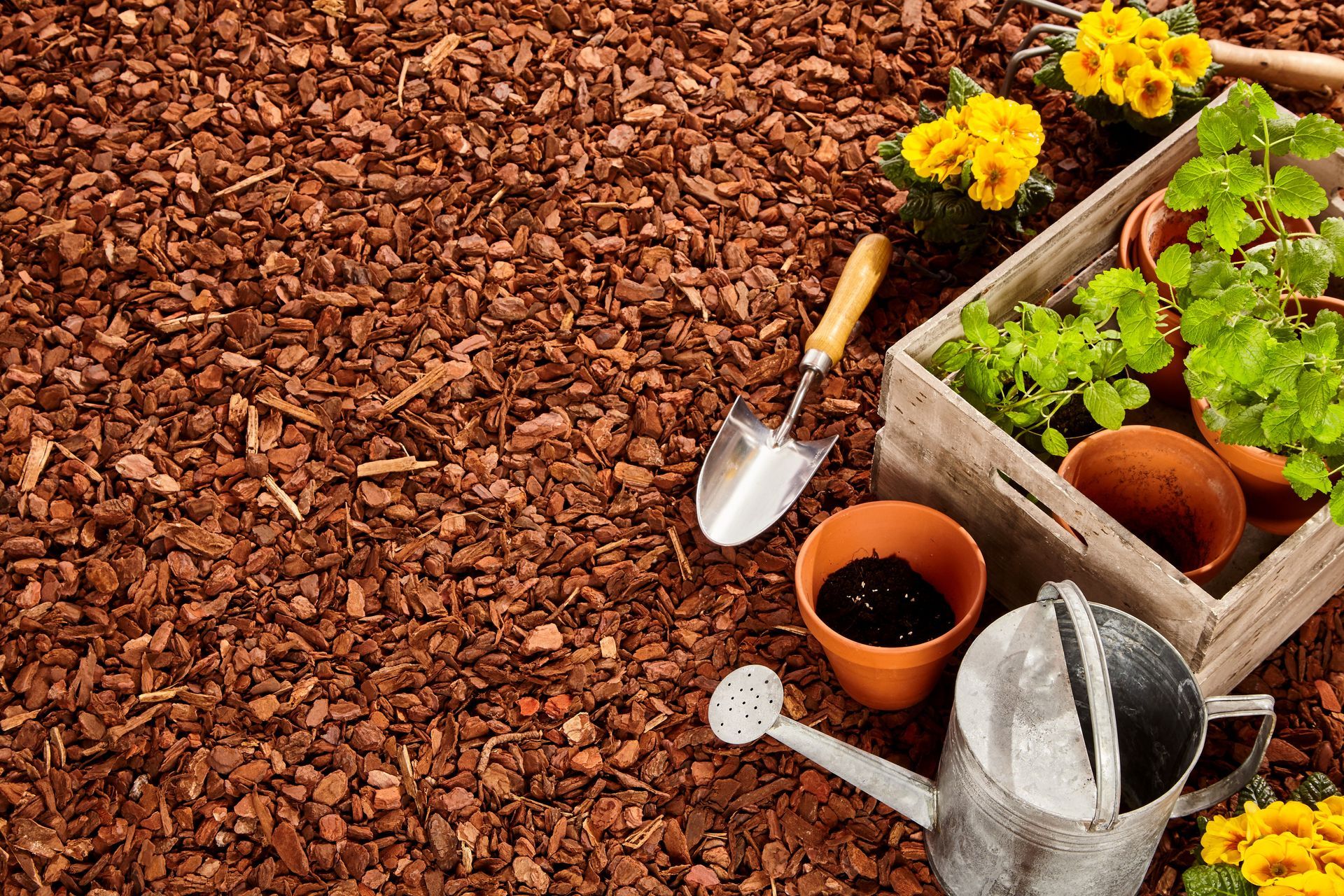
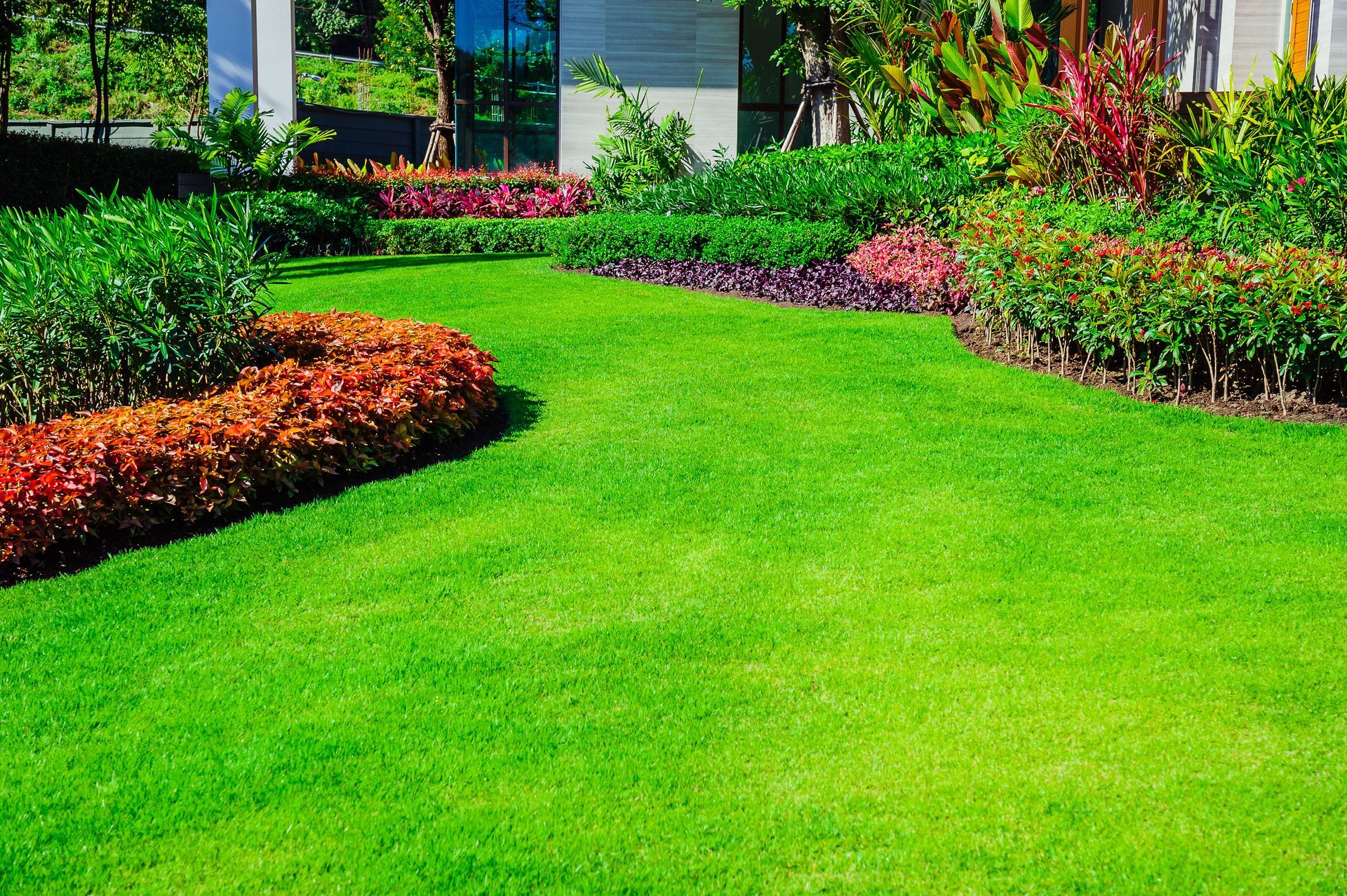
Share On: